from 0 review
13 Days / 12 Nights
Daily Tour
6 people
___
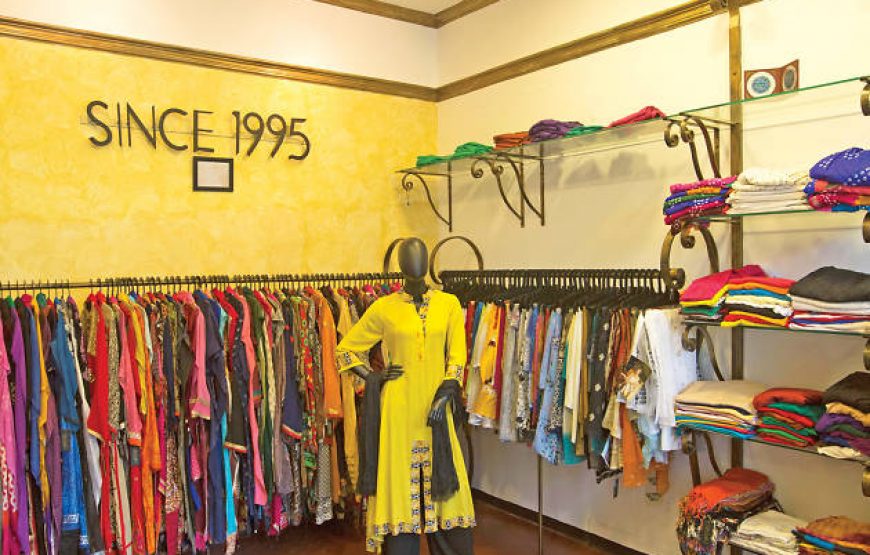
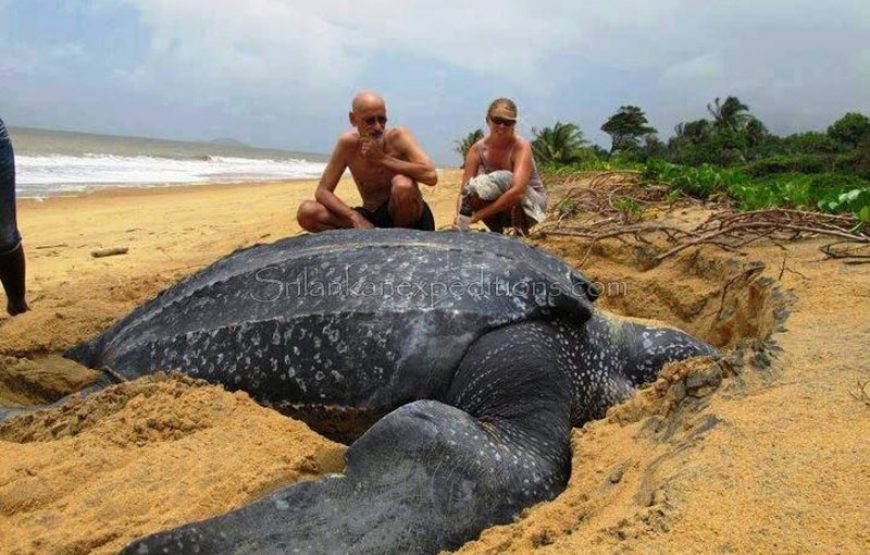
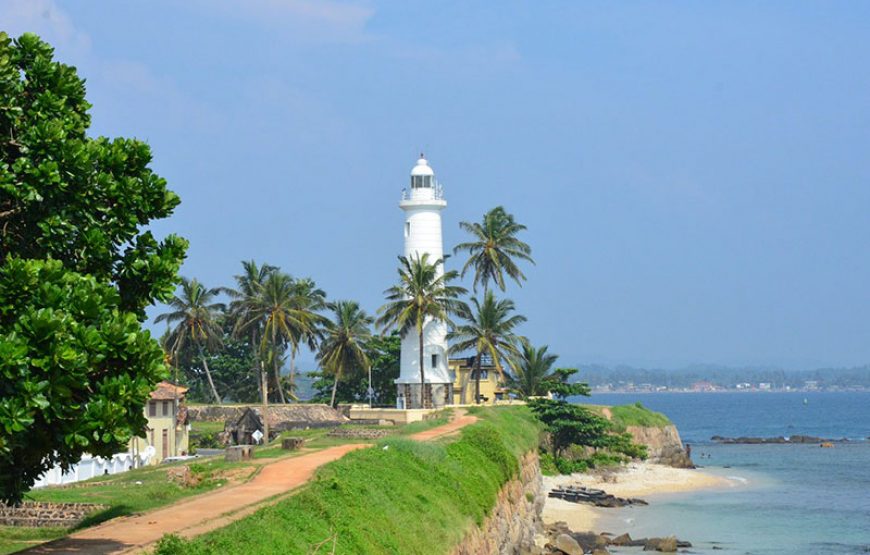
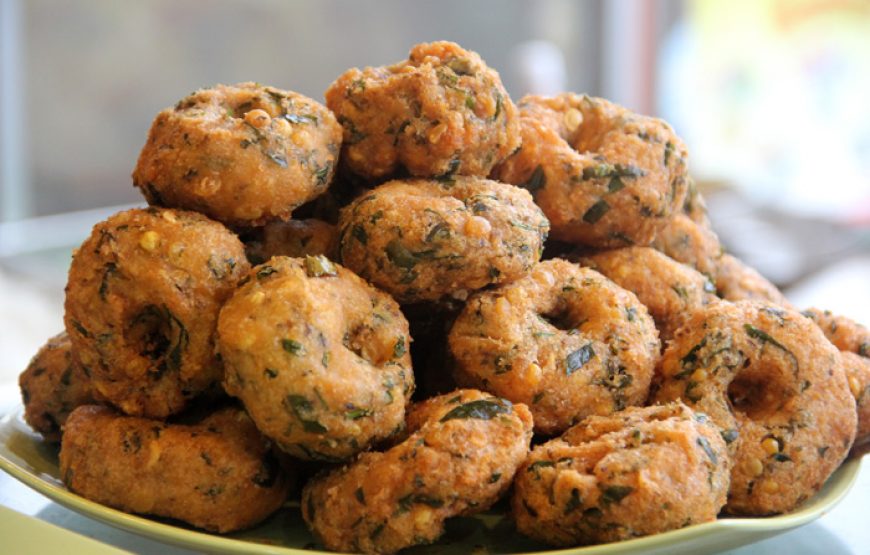
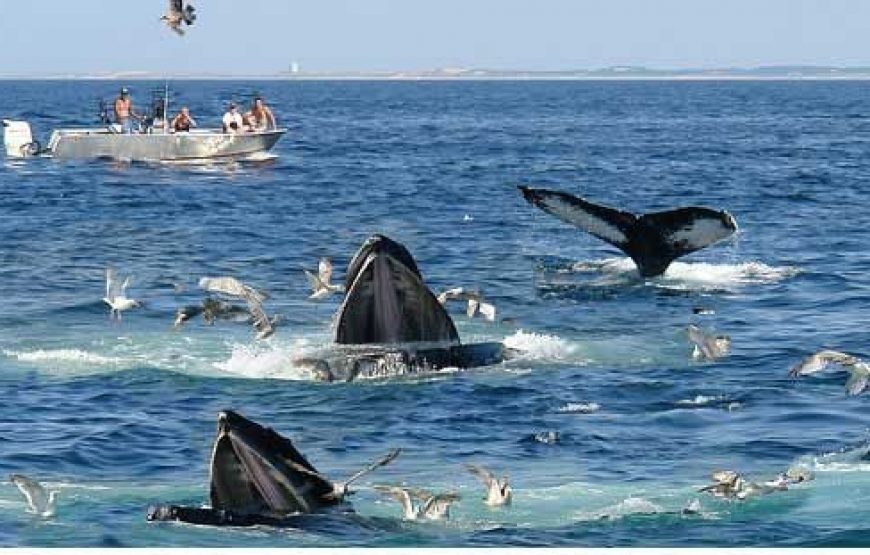
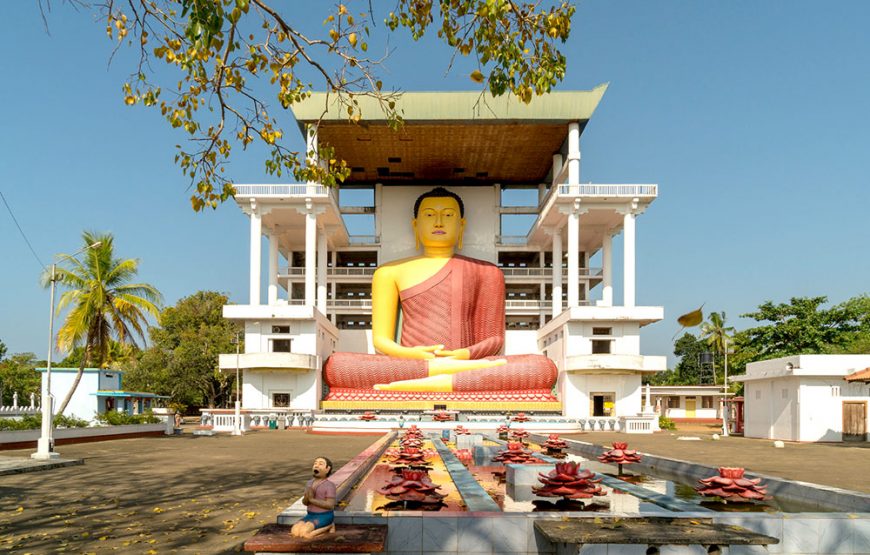
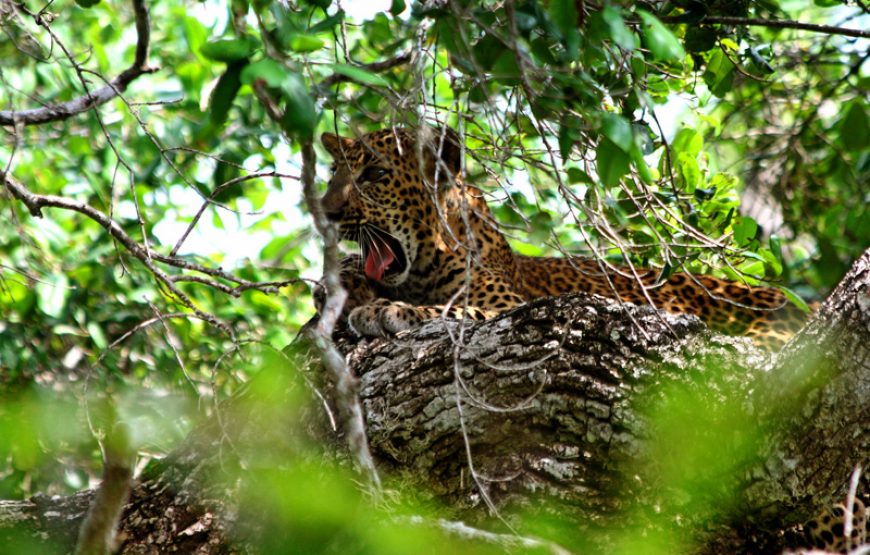
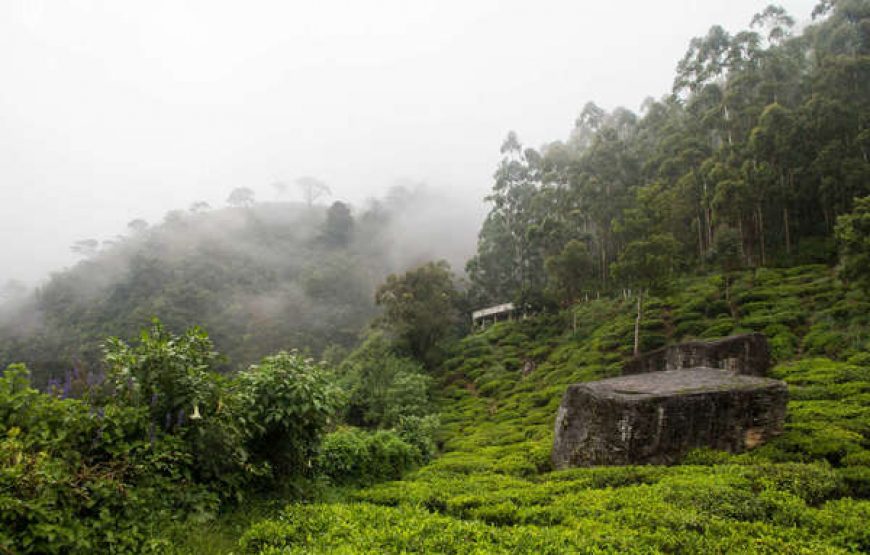

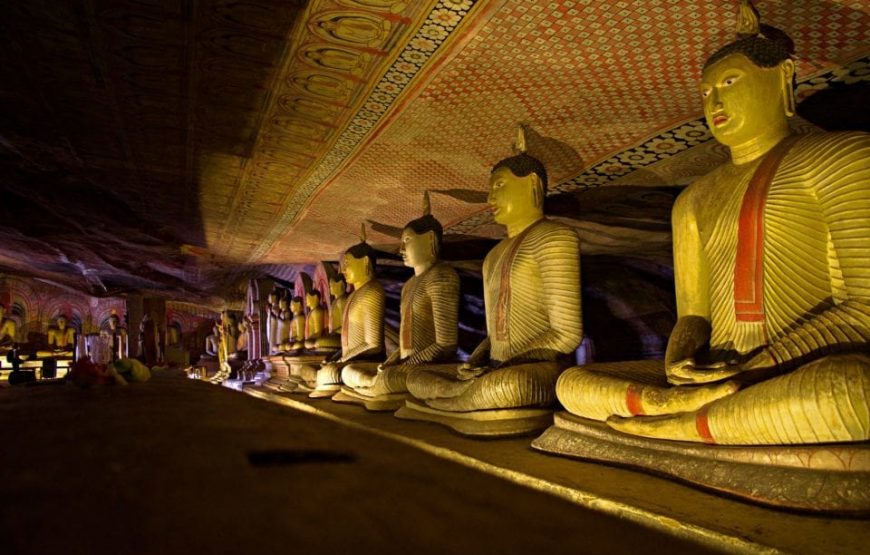

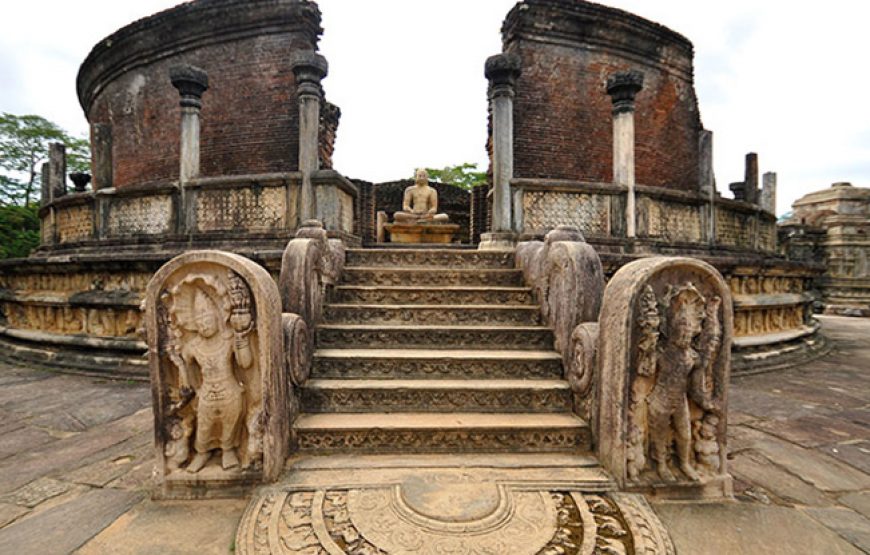
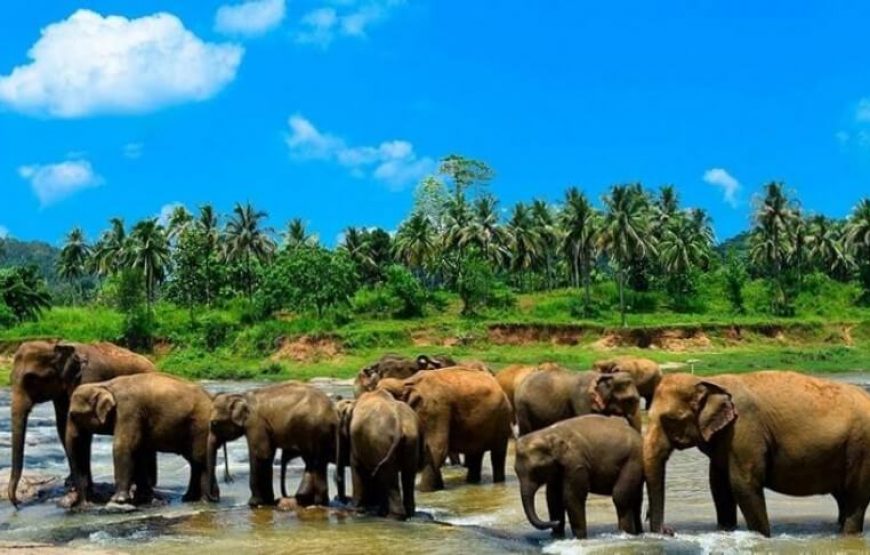

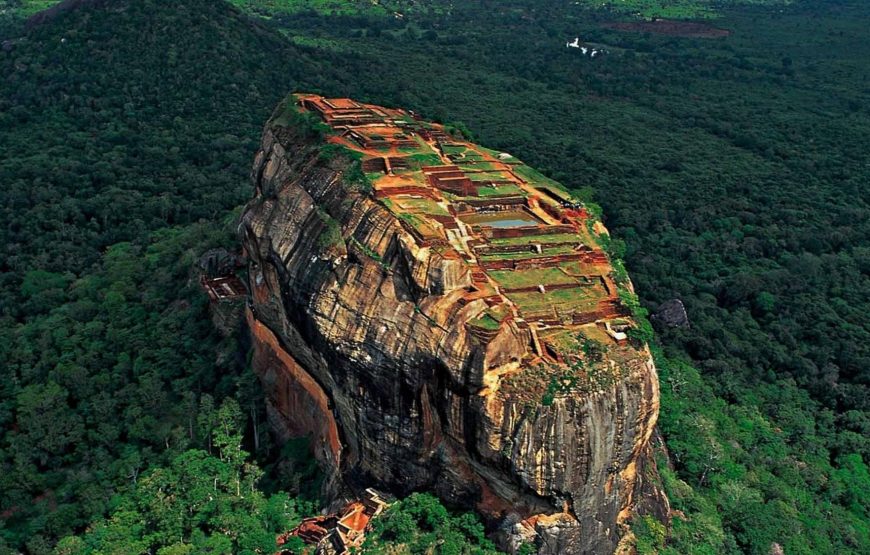


Welcome to Sri Lanka! and the Pinnawala Elephant orphanage, just one of the many experiences you will have over the next 13 days. Nowhere else you are likely to see so many elephants at close range and in a natural setting.
Tour Route: Airport – Arrival Colombo, Anuradhapura, Sigiriya, Polonnaruwa, Kandy, Nuwara-Eliya, Ella, Yala, Galle, Airport – Departure
Tour Days: Flexible Tour Dates
Vehicle: Private air-conditioned vehicle with experienced licensed driver
Guide Service: Private English speaking guide
QUOTATION OF THE PACKAGE
Rates are Valid till 31st March, 2019 ONLY
Based on 02 Pax
DBL Sharing
BB Basis
| Type | Per person rate in US$ | Supplement: Month of February
Per person rate in US$ |
| Standard Hotels | 1,440.00 | + 72 |
| Superior Hotels | 1,684.00 | + 99 |
| Deluxe Hotels | 2,233.00 | + 138 |
Notes:
Special Notes for this itinerary
1. May – October – of the year sea condition of the south coast would be rough. So sea bating and enter in to the sea would allowed ONLY the sea conditions of the day.
2. All Bars inside & outside of the hotel would be keep close during the Poya holiday (full moon day) of the month.
3. Buddhism is extremely respected in Sri Lanka, any disrespectful words or acts may cause deportation or denial of entry, e.g. Buddha tattoos, kissing/climbing/riding Buddha statue, drinking inside a temple, etc.
4. Driving time in the program is approximate, subject to the traffic, weather and road conditions.
5. If Enter in the temple premises Women are required to wear long sleeves and skirt or pants to the ankles; men are required to wear long pants, also Must be removed, scarf, Hats, Slipper….)
6. If use Train, Train –in Sri Lanka we still use the railway system which introduce by British , so sometime train will get delay without informing in advance , however our driver will wait you until you accommodate the Train, incase train got delay for long time you may go with our vehicle and fees for train is NON refundable.
7. If visit to wild life parks will be at client’s own risk. And Safari vehicles (none air-conditioned) available are very basic with basic insurance cover (not comprehensive as in the case of vehicles used for tours).
8. Normally Yala national park will be keep close during September & first week of the October of the year, during that period we will use alternative parks for jeep safaris
9. If enjoying Whale Watching – Please tell them…don’t forget to bring sun protection, sun glasses, a sun hat, camera (with zoom lens is best), binoculars (if they have only) and lots of love for adventure and the whales. In case you bring food & beverages, please be sure to keep all trash from entering the water and endanger sea life.
10. Make sure you have a valid entry visa and passport (at least 6 months from date of exit before expired).
11. Tipping
While tipping has now become an accepted practice in Asian countries, it should always be considered a gesture of appreciation for good service and not an obligation. Based on your satisfaction level of the tour, you might tip your guide and driver before they wishes you farewell as appreciation.
*Gratuities in Sri Lanka: We suggest US$5-8 per traveler per day as tips for your chauffeur guide.
12. Visa
As a general rule, clients MUST apply visa online www.eta.gov.lk (sometime Visa requirements differ for specific countries, you might contact nearby consulate/Embassy for the latest information, however for your more convince better to apply VISA Online)

Transfer via: Flight/ arranged on your own
Travel time: Approximately 01 hour
Welcome to Sri Lanka! Upon arrival at Bandaranaike International Airport, you will be greeted by your chauffeur guide and then be escorted to your hotel and check-in on time. You can rest of the day free at hotel.

Transfer via: Private Vehicle
Travel time: Approximately 4 hours
Morning, proceed towards to the Cultural Triangle of Sri Lanka.
Enroute we will be visiting, Pinnawala Elephant orphanage. Nowhere else you are likely to see so many elephants at close range and in a natural setting. We will catch them bathing in the river at 2 pm (really a treat to observe). The feeding schedule follows it, though it is not all that interesting as the elephants are kept in pens. There is a decent restaurant here for those who want lunch and use of toilet facilities. We can linger at Pinnawala as long as we like, there is an opportunity to get into the shallow part of the river and help the mahout bath an elephant, if you so desire.
Upon arrival check in to your lovely hotel& rest of the day free to relax

Transfer via: Private Vehicle
Travel time: Approximately 03 hours
Today we will take an interesting excursion to explore Anuradhapura’s famous archaeological sites and witness its living temples. Anuradhapura, a World Heritage Site, was the first capital of Sri Lanka in the 3rd century BC. The influence of Buddhism which transformed this island, has produced magnificent architecture as seen in the massive Dagobas, the ornate pleasure gardens and palaces decorated with excellent sculptures, monasteries and temples. A major pilgrimage site and one of the most important places of worship here is the Sri Maha Bodhi, the oldest historically documented tree in the world, dating back to over 2000 years. This Bodhi tree was grown from the same tree under which Prince Sidhharth meditated in Bodh Gaya India where he attained enlightenment and became known as The Buddha.
Later return to Sigiriya. Rest of the day is free to relax.

Transfer via: Private Vehicle
Travel time: Approximately 2.5 hours
This morning, a pleasant drives to the medieval city of Polonnaruwa. En-route we visit a local school where you will be able to have some interaction with the students and observe the rural education system. Polonnaruwa was the island’s medieval capital between the 11th and 13th century. Built alongside a large ancient artificial lake there are well-preserved ruins of palaces, bathing pools, stupas and exquisite rock sculptures of the Buddha. Today the visible remains are those of a Buddhist monastic congregation, which practiced meditation in total austerity. Established in 3rd century BC, it peaked in the 8 & 9 century AD. Rarely visited by tourists this mystical place is incredibly beautiful and unspoiled with shady forests filled with streams, pools and granite boulders and ancient elegant stone pathways, which wind through the forest to the ruins of the various meditation platforms and Ayurvedic hospitals.
After our visit of Polonnaruwa,, we’ll enjoy an exclusive lunch( included in the tour package) arranged by the side of a paddy field where you will be given a cooking demonstration of a typical local lunch which includes Rice with 05 / 06 authentic curries, fried lake fish and a green salad.
In the evening we travel away from the main roads of Dambulla and proceed along the picturesque Kandalama Tank. Arrive at a remote village and walk through the narrow roads to the waiting catamaran boats, which take you along the Kandalama tank (safety jackets provided). Each catamaran holds 6 people. The catamaran ride is a brief experience (10- 12 minutes) but gives you the essence of how typical villages use them for fishing, transportation and for picking up water lilies.
We arrive at a point where we are greeted by two tamed elephants enjoying a bath in the tank. The catamarans are pushed onto the shore so you will not have to hop out into the water. The elephants’ mahouts invite us to join them in washing the elephants using coconut husks, a practice passed on from many generations of mahouts. You feel the elephants whilst bathing them. The rough skin of this gentle giant, feeling of its enormous head and ears, the probing trunk curiously in search of potential favors a mahout might present such as a fruit. Elephants certainly do enjoy this form of pampering as they get a free massage as well. Bathing in the river, being washed and scrubbed, cooling their system in the water is a favourite pastime of any elephant.
After their bath in the tank, elephants are taken to the shore where we provide you with fresh fruits, which you treat them with. They love the tropical fruits. Most commonly we provide bananas, pineapple, watermelons or king coconuts. We provide you with a king coconut which you can enjoy during this time. Finally, we bid adieu to the elephants and get into “Bullock carts” which are used by villagers. Bullock carts are used for both transportation and agricultural purpose and are an essential and practical in the villages. We leave the beauty of Kandalama Lake with memories of encountering elephants in a more respectful manner.
Return to our hotel in Habarana/ Sigiriya.

Transfer via: Private Vehicle
Travel time: Approximately 2.5 hours
After the breakfast proceed to Kandy.
Once in the Dambulla we will visit Famous Dambulla Cave Temple. Dambulla, a vast isolated rock mass, is known for its richly painted cave temples. It was here that king ValagamBahu took refuge from invasions in the 1st century B.C., later turning the caves into a rock temple. Some of its frescoes are over 2000 years old. Another highlight is a colossal figure of the recumbent Buddha carved out of the living rock, some 15 meters long. The caves have a mixture of religious and secular paintings and sculptures with ceiling frescoes depicting scenes from Buddha’s life and Sinhalese history. Dambulla Golden Temple The temple was a monastic settlement as early as the 2nd century BC and is now among the seven World Heritage Sites of Sri Lanka. The rock rises over 400 ft. above its surroundings and consists of 5 cave temples spread out of about 50 acres. Here one can see one of the richest collections of 154 Sri Lankan sculptures in the form of Buddha images in standing, seated & recumbent postures as well as a few outstanding figures of gods. Well preserved massive wall and ceiling paintings covering 22,000 sq. ft. has made this temple complex more important to the world.
We continue driving about 1 hour to a private Spice Garden in Matale. This garden is on a 3 acre plot and opens only by advanced appointment. Though you may have seen plenty in various countries on past trips, this is a delightful stop. For centuries spices have been one of Sri Lanka's most celebrated exports. Spices such as such as cinnamon (you will be given more details about cinnamon- Cinnamon was first discovered in Sri Lanka by the Portuguese. They identified it as a wild tree, researching its benefits and designing a method to cultivate and harvest it. In time, cinnamon cultivation and export became one of Sri Lanka’s prime assets as Sri Lanka produces 90% of the world’s supply of high quality cinnamon., Also ginger, vanilla, pepper, cardamom are grown in home gardens as home industry and used not only to flavour food, but also as home remedies. A visit to the Spice Gardens is a wonderfully relaxing experience.
There is a lovely batik factory nearby we can visit. Batik has been an ancient procedure of painting cloth and today Sri Lanka is among the world leaders in the design of batik. You see the various phases of batik manufacture and witness truly quality design, artistry and workmanship.
Continue to “Senkadagalapura” today known as Kandy. Transfer to hotel. We plan to arrive between 2-3 pm. The rest of this afternoon is at leisure.
Kandy was the last bastion of Buddhist political power against colonial invasion. This hill station is remarkable for the natural beauty of its setting in a peaceful wooded valley overlooking a vast artificial lake. The palace, shrines and British period buildings give it a special character, while Buddha’s Tooth Relic lends a religious importance to the historic highland capital.
We shall depart the hotel at 5 pm and have some time to explore the temple before the puja. We walk to the Royal Palace complex Raja Wasala, Council Chamber known as “MagulMaduwa” an unique wooden pillared hall dated from 1784 and Devale complex.
We’ll attend the puja (chanting/music) 6.30pm - 7 pm, at the “DaladaMaligawa.” The octagonal-shaped building is a national palladium for it houses the Tooth Relic of the Buddha, an object of veneration to Buddhists all over the world. According to tradition, the tooth was rescued at the cremation of Gautama Buddha in India in 543 BC and brought to the island in the 4th century AD. The relic is encased in seven caskets, one kept inside the other, the outermost of which has a shape of a stupa, adorned in gold. The Sacred Tooth Relic of Buddha is exhibited during the ceremony. This is undoubtedly the greatest attraction of the city. It is one of the most sacred places for Buddhists all over the world.
This visit requires you to be attired in clothing that covers both your knees and elbows.
Later return to your hotel for dinner and overnight stay

Transfer via: Private Vehicle
Kandy is a World Heritage City that lies in a triangular valley surrounded by mountains, green velvet tea plantations covering the hills, and the river Mahaweli, the longest river in the country. Kandy is a fascinating city rich in cultural heritage-arts and crafts, music, and dance - an interesting mixture of the old and the new. Most of the old structures either have been rehabilitated or are still in its original use, such as the ancient religious monuments that continue as living monuments.
Today we visit Kandy’s three main temples. It is a 45-minute drive to the village where the temples are located. Once inside the village we will use tuktuks to go between the monasteries as the streets are congested.
Gadaladeniya- Built almost exclusively of stone in 1344 by the Gampola King Wickramabahu, it is situated on a view of the surrounding countryside. The architecture is Dravidian. The entrance porch features large stone pillars, which support a roof of huge stone slabs. Within the vihara, an ancient stone and plaster Buddha image looks down upon milk rice pots that have collected food offerings for centuries. The 638-year-old jack wood doors still exhibit their original paintings.
Lankathilaka Viharaya - Lankatilaka temple is a magnificent brick building in white and in the shrine room is found a superb seated image of the Buddha. Built by King Parakrambahu, and later restored by Vijayabahu IV, this dramatic brick building was once five story’s high and embellished with flowers, creepers, animals, birds and statues of gods. The two gigantic columns at the entrance, now broken to a highest of 58 ft., must originally have been at least double that height. The cathedral-like aisle leads to a standing Buddha statue, now headless, which was 41 ft., tall. The exterior walls are ornamented with delicate sculpture that depict various buildings of the Polonnaruwa era. In front of the Lankathilaka is a pillared ‘mandapaya’ with 40 stone chaste-ornamented pillars.
Embekke Devalaya- Built by King Vikramabahu-III of Gampola in the 14th century, the Devale is principally dedicated to Skanda or Kataragama Deviyo. It is renowned for carved wooden pillars with intricate designs. The pillars leap to life with dancers, musicians, wrestlers, legendary beats, fabulous animals and floral motifs.
A pooja ceremony will take place at 1030 – 1100 am in homage to God Skanda. We plan to reach the temple in time for the puja and an offering will be arranged on your behalf for a special blessing of protection for travellers given by KapuMahattaya or other layman involved with activities / ceremonies in the temple.
Next, visit a local dance school outside the city of Kandy (name of the school to be revealed on final tour document). The Kandyan art reflects the unique heritage and culture of Sri Lanka. The teacher conducts dancing and drumming lessons to emerging young students who aspire to be temple dancers and drummers. This is an important ambition to these students and the practice has been going on for several generations. It is common that the villagers nearby come over to witness the lessons admiring the skills and techniques passed on for many generations. You will be given an introduction to up country dancing and learn the basics of Kandyan dancing. You will also learn the basics in traditional drumming known as the ‘BERA’ drums.

Transfer via: Private Vehicle
Travel time: Approximately 4 hours
We depart in the morning for the hill country. After 2.5 hours, we arrive in Nuwara Eliya, an important tea production region. We’ll stop en-route to visit a tea plantation and factory to observe first-hand, the age-old tea making process from plucking to the artisanal converting factory with century old machinery and processing.
We then continue the journey to the highlands of Sri Lanka (Ella). At approximately 1200 noon we board the train leaving from Nanuoya at 12.45 pm to the quiet town of Ella. Your luggage will travel by vehicle. The scenery en-route is magnificent and far superior to travelling in a car. This is undoubtedly the most scenic train journey in the country. Just before arrival at Ella station, we can see Ella’s Gap from afar.
We arrive at the Ella train station at 3:15 pm. Ella is a beautiful small village with little more than a handful of shops, hotels and guesthouses. It has an almost perfect climate and occupies a very scenic vantage point, with views on a fine day stretching right across the South Coast of Sri Lanka.
After a short visit of Ella to browse, check in to your lovely hotel set amidst stunning mountains.

Transfer via: Private Vehicle
Travel time: Approximately 3.5 hours
We depart in morning to Yala, a rural outback in the deep south of the country. As part of the ancient kingdom it has many archaeological sites from Buddhist temples, to ruin palaces and forest monasteries on the way stop to visit Buduruwagala. The name Buduruwagala means “the rock with the statue of Buddha” And this is exactly what it is. Seven figured are carved in this rock with a massive 51 foot Buddha statue in the Abhaya Mudra gesture at the center. The rock itself has shape of a kneeling elephant. Although there is no documented information about this site in the ancient scriptures, Different historians have dated these statues from the 6th century to late Anuradhapura period (Between 8th – 10thcenturies).
Continue to Yala via visiting Thanamalwila Village in rustic area.
Upon arrival in Thanamalwila, you will be invited to visit a local school to see the innocent face of the students. You may meet the teachers in School also if you are permitted you may visit inside of the class room then you will have an idea about how would be set up of local School in rural areas. Get ready your camera to capture to this memories, it would be a pleasant experience in your Sri Lankan visit (if you do any donation for School always welcome) if time permit you are welcome to visit inside of a local house close by to have word with home mates (your guide will the translation part), you will be warmly welcomed by home mates – also you may try for herbal drink locally prepared.
In the afternoon embark on jeep safari at Ruhunu National Park (start around 2.00pm-2.30pm), a section of Yala National Park. This will include a safari tour by jeep with a jungle tracker, where you can see animals in their natural habitat. Some of the animals you could see are elephant, bear, wild boar, leopard, crocodile, buffalo, monkeys and many others; if you are lucky, leopards too. You also could see different species of birds. 97,800 hectares in extent, this is the second largest of Sri Lanka’s National Parks. Its open undulating terrain made it famous for elephants for many years, but recently the park has also received much fame through publicity by National Geographic and the Discovery TV channels, which focused on a leopard research/conservation and identification project. Claims have subsequently been made that Yala National Park has the world’s highest concentration of leopard per square kilometre. Vegetation is primarily grassland and shrub jungle with patches of dense growth while several salt and fresh water lagoons are a haven for a large variety of resident and migrant birds. Areas popular with leopard are rock strewn hillocks with dense shrub in which the animals hide.
All vehicles must leave the park at 6 pm.
Return to the hotel. Enjoy your evening at leisure.

Transfer via: Private Vehicle
Travel time: Approximately 4 hours
We depart in morning for the Weligama -known as one of the best beaches in southern coastal belt.
En route stop over Weherahena (Veherahena) is popular temple among the Buddhist pilgrims, the temple is said be the largest and the first tunnel temple in the world-Many people come and visit the temple for taking blessings from the Buddha. Historically, the temple was built as an underground temple where people used to worship but now it has emerged as one of the most important and prime examples of modernity. The reason why this temple was historically kept as a hidden temple was the fact that Buddhists wanted to save it from outside interference and other many problems in this regard. This upgraded and present temple was built in the year 1990 for the worshippers. There is a magnificent red clothed Buddha statue that is sitting outside the temple and presents a spectacular look and religious appeal to the onlookers. The Buddha is in fact shown as sitting in the Samadhi or the squatting position and it is a statue of 39 meters in height. There are overall not relics or artefacts of the historic importance or significance of this temple.
Continue to Weligama.
Upon arrival check in to your lovely hotel & relax. Rest of the day free to relax by hotel pool or beach.

Transfer via: Private Vehicle
Travel time: Approximately 1.5 hours
Get up in the early morning and arrive at Mirissa Habour, we need to arrive there at 6:00AM., when the sun rises and whales start to emerge from beneath the sea. You will be transferred to Mirissa Habour, 30 minutes before the boat departs.
Experience whale watching with your luck.
• Departure Time: 6.30 am
• Tour Time: 3-5 Hours
• Includes: Coffee, Breakfast and Water bottles.
Later we will head to Galle, En-route, visit to the excellent Martin Wickramasinghe Folk Museum, in the village of Koggala, just outside of Galle (30 minutes’ drive). The village of Koggala was the home of Sri Lanka’s most famous author, Martin Wikramasinghe, and now a Museum of Folk Culture and local lifestyle, surrounded by eight acres of a restored eco-system with hundreds of varieties of indigenous trees and shrubs in which bird life abounds. There’s a special collection of artefacts and memorabilia offering insight into a world of tradition, integrated and at peace with the environment.
Optional (expense at your own)- A Colonial Affair: afternoon High Tea in Sri Lanka at Amangalla in Galle Fort.
Embracing an essence of true colonial decadence, afternoon tea is an ever charming experience, offered at the most prestigious heritage hotels in Sri Lanka- ideal for culture hungry (or simply hungry!) globetrotters seeking a multi-sensory experience. Although no afternoon tea is complete without scones, sandwiches and tea, all hotels featured below offer these alongside other sweets and savouries, some of which incorporate indigenous Sri Lankan flavours- a contemporary, fusion spin on a predominantly stagnant tradition in the UK. Built in 1684 during the Dutch rule of Ceylon; Amangalla -property of luxury hotelier Aman– invites modern comfort and impeccable service in true Colonial surround- a luxurious heaven within the walls of Galle Fort. Their afternoon tea is beautifully presented, with a generous variety and array of flavours.

Transfer via: Private Vehicle
Travel time: Approximately 2.5 hours
Today you will be experience how local dishes being prepared, we need to be there around 10.00 am once you in Galle Fort your will be introduced a lady called Mrs. MalaniPerera (Mama), Mama is also well known for providing cooking classes. And you may we take part in the cooking class that the restaurant offers. It involves a trip to the market which will be great fun and then you may help Mama to cook different curries!! You are allowed to write down all the recipes (if you are interest) too. Perhaps you may recreate these amazing dishes back home. Mama will cook pumpkin curry, dhal curry, beetroot curry, tuna curry and many more. Hopefully It will be such good fun and we then you can enjoy that meals for your Lunch. Definitely it would be fantastic experience Sri Lanka & unforgettable memory.
Afternoon walking Galle fort, we start walking tour visiting the small pleasant town of Galle including the Old Galle Dutch Fort.
The Portuguese built the fort around Galle’s natural harbour upon their arrival in 1505. Later, the Dutch and the Portuguese waged a bloody war to take control of Galle and after the loss of many lives the Portuguese surrendered to the Dutch who went on to control the maritime provinces of Ceylon for nearly 200 years. During this time, the Dutch enlarged and fortified the fort in Galle, understanding its strategic significance. Today, the Galle Fort is one of Asia’s most well-preserved Dutch forts. Old Dutch styled buildings are still common within the fort. The numerous schools and the magistrate court within the premises makes this ‘living fort’ one with character that is delightful.
Historically, this award-winning World Heritage fortified township was an essential port of call for Chinese, Persian, Arab and Indian traders. Javanese and Sumatrans came later followed by Marco Polo in 1299 AD. The Portuguese arrived in the 1500’s and built a settlement with a fort of palm trees and mud. This was captured by the Dutch (and finally the British) who built the 400-year-old fort with great ramparts and bastions to protect their presence. Narrow streets are lined with old houses displaying Dutch heritage, with their pillared verandahs. Government offices remain in use and the community within the fort is a bustle with daily life – a living breathing town, hidden within fortified walls of this ancient, maritime citadel.
We explore the fort, overflowing with landmarks, strolling past the Dutch church, the governor’s house, the spice warehouses, court square, the Kacheri or Town Hall, the lighthouse and ramparts. Near the old Arab mosque are streets leading to cricket fields and the district Judge’s house, surrounded by ancient frangipani trees. There’s a variety of exclusive boutique stores to explore.
Later transfer to your lovely hotel & relax

Transfer via: Private Vehicle
Travel time: Approximately 2.5 hours
We shall depart in the morning. After one hour drive, we stop at the Turtle Hatchery. Projects have been launched to conserve the population of turtles that are reaching extinction and such projects are found along the southern coast of Sri Lanka where turtles come ashore to lay their eggs. The turtle digs a hole on the beach, lays hers eggs and covers them with sand to incubate by the heat of the sun. What often happens is, the eggs are dug out by fisherman and sold to people who consume them. But now the eggs are bought up by the conservation projects and are hatched the natural way in enclosed areas where the birds don't have a chance of picking them up and the babies are put to the sea at night after two days, which offers them a better chance of survival.
We continue driving 45 minutes north to the Lunuganga Estate. This was the country home of the renowned Sri Lankan architect Geoffrey Bawa. Started in 1947, the garden led Bawa, a lawyer called to the Bar at the Inner Temple in 1940, to decide to become an architect. As he went on to become Sri Lanka’s and one of Asia’s most prolific and influential architects, the garden at the Lunuganga estate remained his first muse and experimental laboratory for new ideas. He continued to change and experiment with its spaces and structures throughout his life until his final illness in 1998.
En route embark on a River Safari in Madhu Ganga. The primitive life style of the inhabitants of the islands of the Madhu River is only a boat ride away. The boat ride takes us through the thick mangroves with abundant bird life, to reveal the primitive style of fishing and prawn trapping still practiced by the inhabitants of the islands. During your tour you will get in to Cinnamon Island - Cinnamon was first discovered in Sri Lanka by the Portuguese. They identified it as a wild tree, researching its benefits and designing a method to cultivate and harvest it. In time, cinnamon cultivation and export became one of Sri Lanka’s prime assets as Sri Lanka produces 90% of the world’s supply of high quality cinnamon also you will be demonstrated how cinnamon is processed in practically.
The safari will last about 1.5 – 2 hours during.
Then, we head to Negambo, a pretty town by the sea and close to the airport. Enjoy your evening at leisure.

Transfer via: Private Vehicle
Travel time: Approximately 20 minutes
You will have a leisurely-paced tour of the sleepy town of Negambo. We will stay in hotel until check out time. Later check out on time and then we will see the Old Dutch Fort ruins, the fishing village and a few churches including St. Mary’s-- noted for its ceiling painting.
Also you may have leisure walk in Negambo city perhaps you may do some last minute shopping.
In time transfer to the airport for your departure flight.
Thoughtful thoughts to your inbox